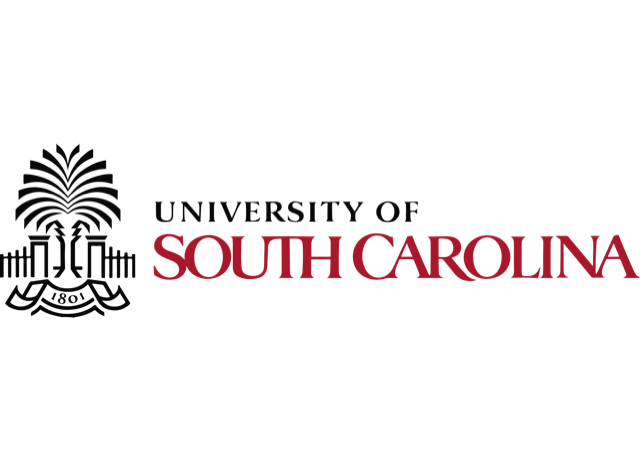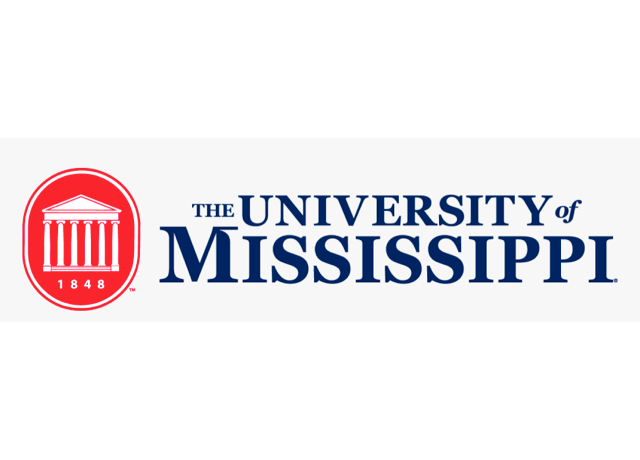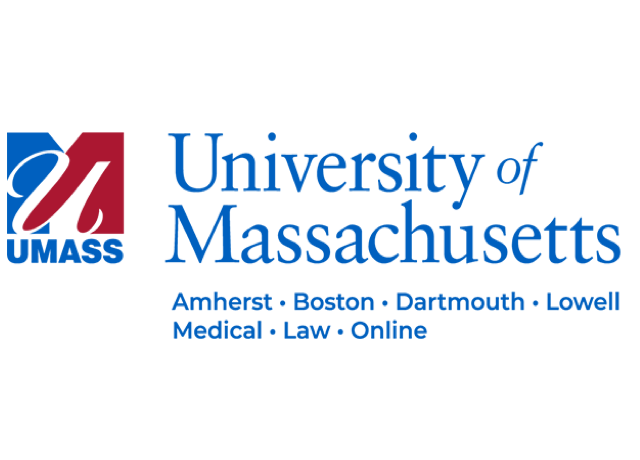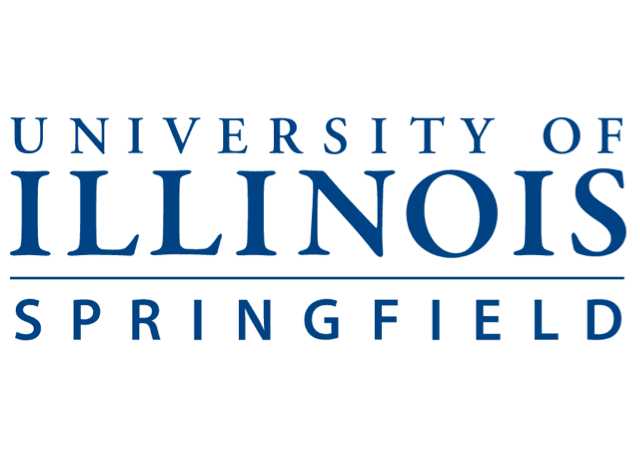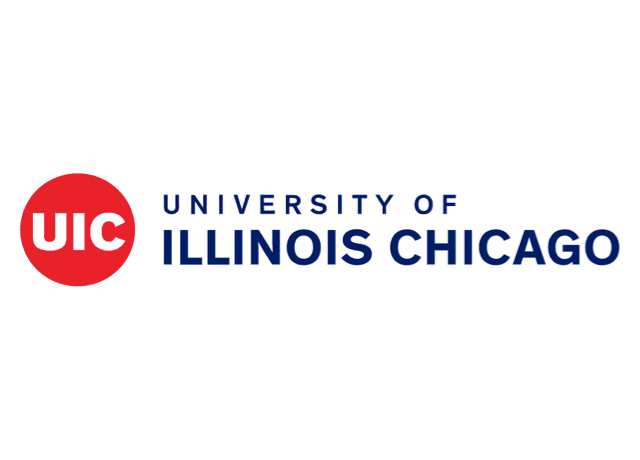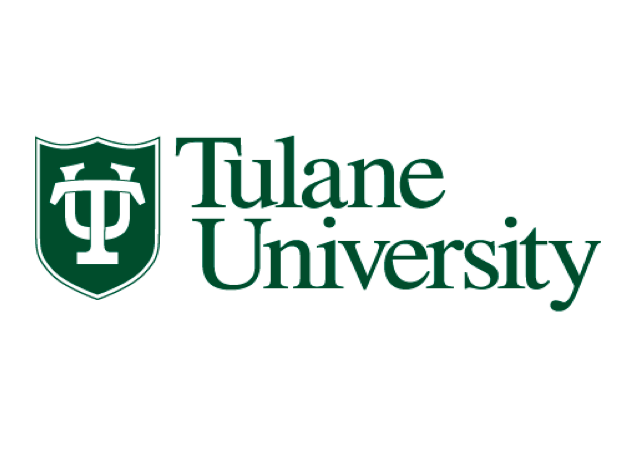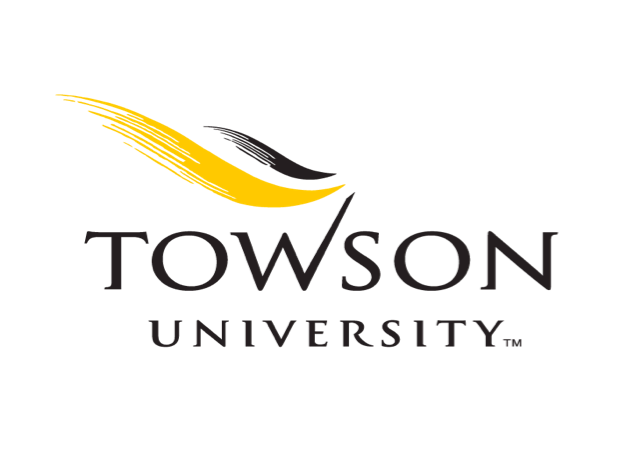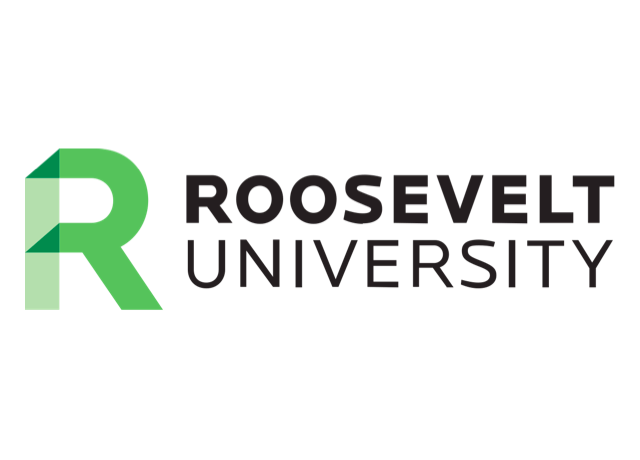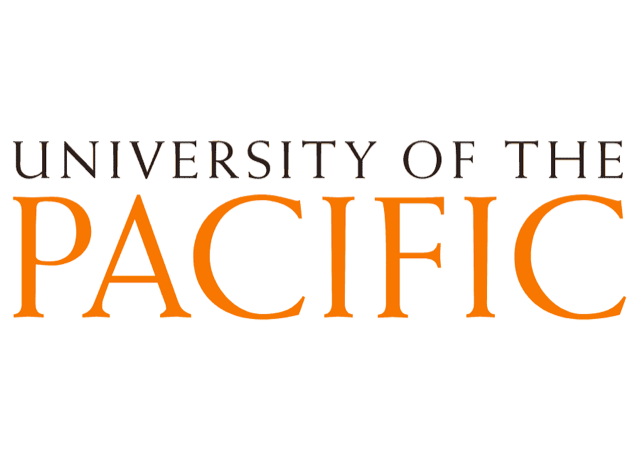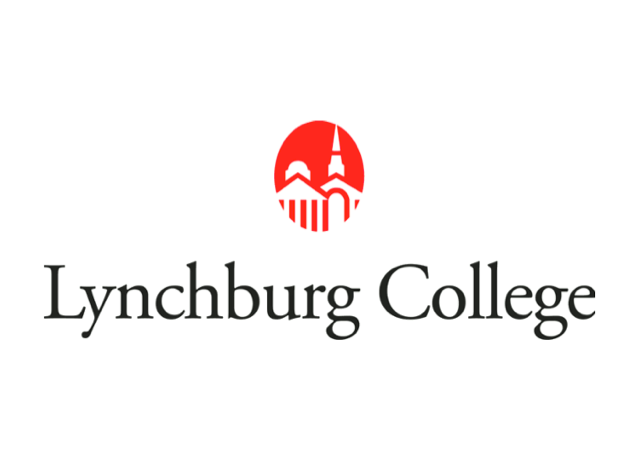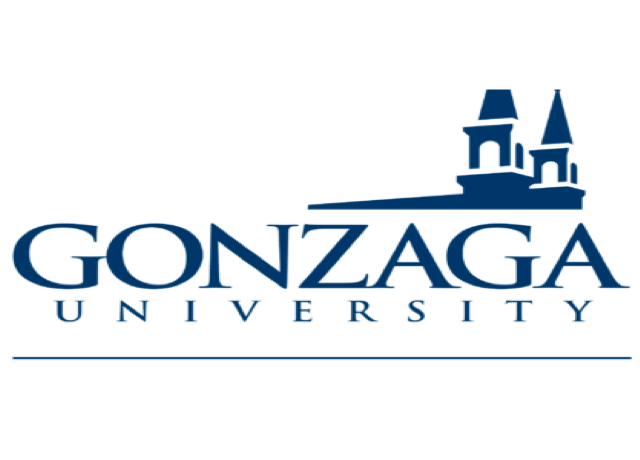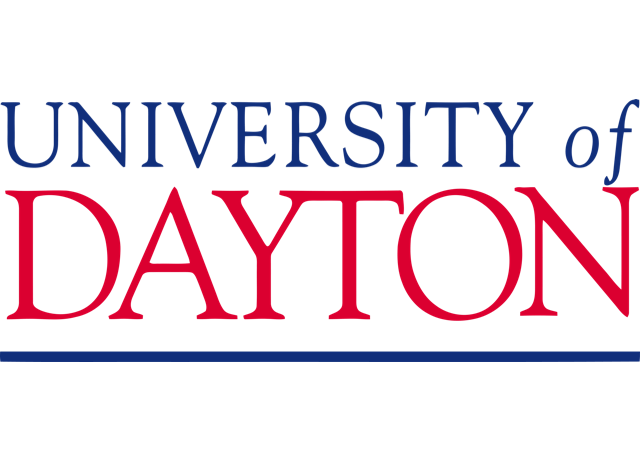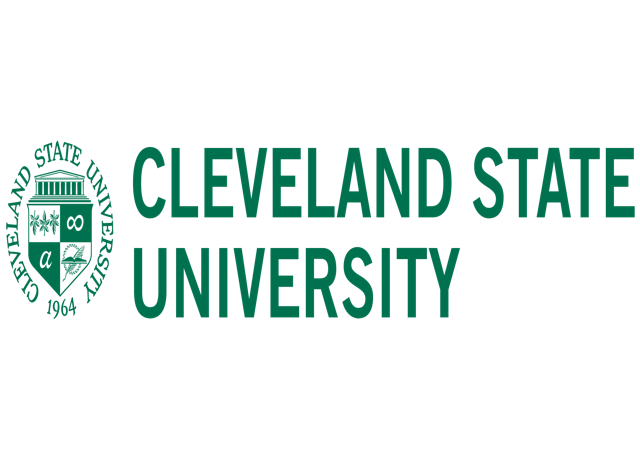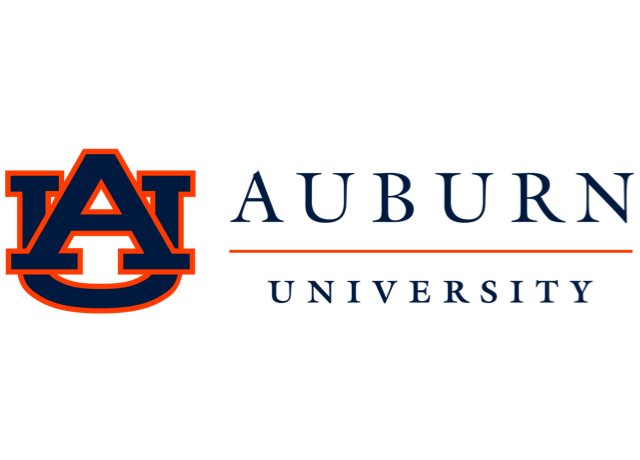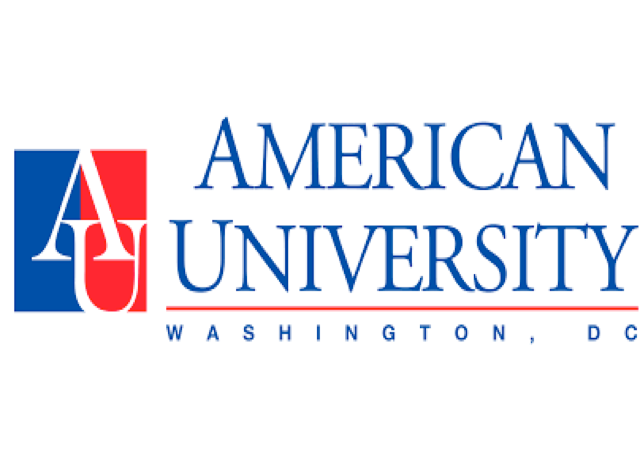
Study in USA
Studying in the USA is a dream for millions of international students—and for good reason. As home to the largest number of world-renowned universities and colleges, the United States offers unmatched academic excellence, cutting-edge infrastructure, and abundant opportunities for hands-on learning and professional growth.
Why Study in the USA?
-
Top-Ranked Universities: The USA boasts some of the highest-ranked institutions globally, including Ivy League schools and prestigious public universities.
-
Globally Recognized Degrees: A degree from a U.S. institution carries international prestige and opens doors to global career opportunities.
-
Innovative and Flexible Curriculum: U.S. universities provide a holistic and flexible curriculum that allows you to explore interdisciplinary subjects while focusing on your major area of interest.
-
Real-World Training: Practical exposure through internships, research programs, and Optional Practical Training (OPT) ensures students are career-ready.
-
Enriching Campus Life: The diverse and vibrant campus culture fosters personal growth, leadership, and lifelong connections.
Unique Benefits of Studying in the United States
American higher education stands out for its student-centered approach. You have the freedom to tailor your course selection, choose electives from various departments, and build complementary skill sets crucial for success in today’s competitive global marketplace.
“
Step-by-Step Guide to Studying in the USA – Application & Student Visa Process
Studying in the USA from your country opens the door to world-class education at some of the best universities in the USA, offering diverse courses for international students across STEM, Business, Arts, and more. To get started, check the academic requirements for US universities, including standardized tests like GRE (for graduate programs), and English proficiency exams such as IELTS or TOEFL, widely accepted by US institutions.
Learn how to apply for universities in the USA, understand key application deadlines, and explore scholarship options and funding opportunities available for international students. Once shortlisted, universities may issue a conditional offer letter, followed by a university acceptance letter and the crucial I-20 form USA, required for your F1 visa application.
Begin the US student visa process by paying the SEVIS fee, gathering the F1 visa document checklist, and preparing thoroughly for your US visa interview—where confidence and clarity are key to student visa approval. Before you fly, go through the travel checklist for USA students, ensuring you know what to carry for studying in the USA. With the right preparation, studying in the USA can be your gateway to a globally recognized education and a thriving future.
1. Choose Your Course and University (Start Early – At Least 12 Months in Advance)
Begin by identifying the academic program that aligns with your career goals. Research and shortlist universities in the USA that offer your desired course. It’s crucial to start this process at least one year before your intended intake to ensure enough time for test preparation and documentation.
2. Check Eligibility & Prepare for Entrance Exams
Each university will have different admission requirements, including standardized tests like:
-
GRE or GMAT (for graduate programs)
-
SAT or ACT (for undergraduate programs)
-
TOEFL or IELTS (for English proficiency)
Review the score requirements of your shortlisted colleges and set target scores. Begin your test preparation well in advance to meet or exceed eligibility benchmarks.
3. Meet Academic Requirements and Build a Strong Profile
Ensure your academic transcripts, resume/CV, and overall profile meet the entry criteria. Strengthen your profile with internships, research, projects, or extracurriculars that align with your chosen course.
4. Start the University Application Process
Once your academic documents and test scores are ready, begin applying to the shortlisted universities through their official websites or centralized platforms like Common App (for undergraduate courses). Simultaneously, explore scholarship options and make financial arrangements for tuition and living expenses.
5. Receive Offer Letters from Universities
After evaluating your application, universities will issue either a:
-
Conditional Offer Letter (based on pending documents)
-
Unconditional Offer Letter (if all requirements are met)
You can accept the offer from your preferred institution to move forward.
6. Get the I-20 Document for Visa Application
Once you accept an offer, the university will issue an I-20 form, which is a mandatory document to initiate your F-1 student visa process. The I-20 contains your program details, SEVIS ID, and estimated cost of attendance.
7. Apply for the US Student Visa (F-1 Visa)
Gather all the required documents:
-
Academic records and test scores
-
Statement of Purpose (SOP)
-
Letters of Recommendation (LORs)
-
I-20 document
-
Completed DS-160 visa application form
-
Valid passport and recent photographs
-
Proof of funds (bank statements, sponsor letters, etc.)
Pay the SEVIS fee and book your visa interview appointment.
8. Attend the Visa Interview
During the interview at the US Embassy or Consulate, be prepared to confidently explain your academic goals, university choice, financial capability, and return intentions. The visa officer will verify your documents and determine your eligibility for an F-1 visa.
9. Plan Your Departure
Once your US student visa is approved, start making travel arrangements. Book your flight tickets, arrange accommodation, and attend any university orientations or pre-departure briefings.
Education in the USA:
Every year, over 400,000 Indian students choose to study in the USA, with an impressive annual growth rate of nearly 18%, according to MHRD reports. The USA is a global education hub, especially renowned for programs in Information Technology, Engineering, Management, Law, and Life Sciences.
What makes studying in the US truly appealing is its academic excellence, practical-oriented curriculum, and the vast career opportunities for Indian students—many of whom now hold leadership roles in top US companies. With 4,000+ universities and colleges offering bachelor’s, master’s, and doctoral degrees across virtually every specialization imaginable, students can choose from public universities, private institutions, or community colleges, based on their academic profile and budget.
Popular universities like California State University, University of Texas, MIT, Southern Illinois University, Stanford, and Ivy League institutions are among the top choices. Most universities accept GRE/GMAT for graduate programs and TOEFL/IELTS as proof of English proficiency. Additionally, generous funding options are available through nationalised banks, private lenders, corporates, and charitable foundations, making the dream of studying in the USA more accessible than ever.
Cost of Studying in the USA for International Students:
The cost of education in the USA is relatively higher compared to other popular study destinations, primarily due to two major components: tuition fees and living expenses. However, the investment often translates into top-tier education and exceptional career opportunities.
-
Tuition Fees vary based on the type of institution:
-
Community Colleges: Around $14,000 per year
-
Private Universities (Undergraduate Programs): Approximately $36,000 annually
-
Master’s and Research Programs: Range between $38,000 and $41,000 per year
-
Most doctoral programs in the USA offer 100% funding through Research Assistantships (RA) or Teaching Assistantships (TA), covering both tuition and living costs.
The I-20 amount listed by universities reflects the estimated average cost for one academic year (9 to 12 months). This includes tuition fees, living expenses, dependent costs (if any), and miscellaneous expenses such as books, supplies, and health insurance. The I-20 amount is essentially the maximum cost you may incur during your study period.
The average cost of living in the USA ranges from $8,000 to $13,000 per year, depending on the city, lifestyle, and accommodation type. In total, international students can expect to spend between $23,000 and $53,000 annually, based on the university location, course selection, and type of institution. (Source: College Board)
Note: These figures are approximate and subject to change. Actual costs may vary based on individual circumstances.
Intakes and Rounds of Application in US Universities:
When planning to study in the USA, understanding university intakes and application deadlines is crucial for a successful application journey. U.S. institutions consider multiple parameters while admitting students, and knowing when to apply can make a significant difference in your chances of admission.
Major Intakes in US Universities
U.S. universities typically offer three intakes every year:
-
Fall Intake (September):
The most popular intake among Indian and international students, the Fall semester starts in August/September and continues through December or early February. It offers the widest selection of courses, scholarships, and opportunities for assistantships. -
Spring Intake (January):
This intake begins in January and ends around May. It’s a great alternative for students who miss the Fall deadline. However, fewer programs and courses may be available. -
Summer Intake (May/June):
Offered by a limited number of universities and for select programs only, the Summer intake is a shorter academic term that usually begins in May or June.
Application Deadlines in the USA
While each university sets its own specific deadlines, most U.S. institutions follow one or more of these four standard application timelines:
-
Regular Decision – The most common timeline with decisions typically released in March or April.
-
Early Action (EA) – Apply early (usually by November) and receive a decision earlier, without a binding commitment.
-
Early Decision (ED) – Similar to Early Action but is binding, meaning if accepted, the student must enroll.
-
Rolling Admissions – Applications are accepted over a longer period, and decisions are made on a first-come, first-served basis.
DOCUMENT REQUIREMENTS FOR APPLYING TO US UNIVERSITIES
When planning to study in the USA, preparing the right set of documents is essential for a smooth and successful university application process. Each university may have its own specific requirements, but most institutions ask for a standard set of documents to evaluate your academic background, skills, and potential.
Here’s a comprehensive list of the documents required to apply to US universities for undergraduate and postgraduate programs:
Academic Documents
-
Transcripts / Marksheets from Class 10, 12 (for UG), and Bachelor’s degree (for PG)
-
Degree Certificate or Provisional Certificate for postgraduate applicants
-
Consolidated Grade Sheet (if applicable)
Standardized Test Scores
-
GRE / GMAT Scores – Required for most Master’s and MBA programs
-
SAT / ACT Scores – For undergraduate admissions
-
TOEFL / IELTS / PTE Scores – Proof of English language proficiency
Note: Some universities waive GRE/GMAT or accept Duolingo for English, depending on the program and intake year.
Supporting Documents
-
Statement of Purpose (SOP) – A personal essay detailing your academic goals, career aspirations, and why you want to study in the US
-
Letters of Recommendation (LORs) – Usually 2 to 3, from academic or professional referees
-
Resume / Curriculum Vitae (CV) – Highlighting your academic, extracurricular, and professional achievements
Identity and Financial Documents
-
Valid Passport – Must be valid for the duration of your study program
-
Proof of Funds / Bank Statements – Showing sufficient financial capacity to cover tuition and living expenses
-
Affidavit of Support – If a family member or sponsor is funding your education
-
Sponsor Letter – Declaring who is funding your education, if not self-funded
Application Materials
-
-
Online Application Form – Submitted via university portals or centralized platforms like the Common App
-
Application Fee Payment Receipt – Varies by university, typically $50–$100
-
Steps for the US Student Visa Process (F-1 Visa)
Securing a U.S. student visa (F-1 visa) is a crucial step for international students planning to study in the United States. The visa process involves multiple stages, from receiving your admission offer to preparing for the visa interview. Here’s a step-by-step guide to the US student visa process:
Step 1: Get Admission & Receive Your I-20
After securing admission to a SEVP-approved US university, you will receive the Form I-20 – a crucial document issued by the university that confirms your enrollment and eligibility for an F-1 visa. The I-20 form includes details such as your program start date, tuition cost, and estimated living expenses.
Step 2: Pay the SEVIS Fee
Before scheduling your visa appointment, pay the SEVIS I-901 fee online.
-
Fee Amount: $350 (for F-1 visa)
-
Website: www.fmjfee.com
Keep the payment confirmation receipt, as it is required during the visa interview.
Step 3: Complete the DS-160 Form
The DS-160 is the official online non-immigrant visa application form. Fill out the form carefully with accurate details.
-
Upload a recent passport-size photograph as per US visa standards
-
Save the confirmation page with barcode for future reference
Step 4: Pay the Visa Application Fee
-
Visa fee: $185 (as of current guidelines)
-
Make the payment through the designated US Visa Appointment portal for your country
-
Save the visa fee receipt for scheduling appointments
Step 5: Schedule Your Visa Appointments
You need to book two appointments:
-
VAC (Visa Application Center) – For fingerprinting and photograph
-
US Embassy/Consulate Interview – For the actual visa interview
Use the official portal to book both slots and ensure you have a valid passport and DS-160 confirmation while booking.
Step 6: Attend the VAC Appointment
Visit the Visa Application Center on the scheduled date. Carry:
-
Valid Passport
-
DS-160 confirmation page
-
Appointment confirmation
-
I-20 copy
Your biometric details and photo will be collected here.
Step 7: Attend the Visa Interview
At the US Embassy or Consulate, be confident and carry the following documents:
-
Passport
-
I-20 Form
-
SEVIS Fee Receipt
-
DS-160 Confirmation Page
-
Visa Appointment Confirmation
-
Financial Documents (proof of funds for tuition & living)
-
Academic Records
-
Standardized Test Scores (GRE, TOEFL, IELTS, etc.)
-
Proof of ties to your home country
During the interview, the visa officer will assess your intentions to study, financial readiness, and return plans after studies.
Step 8: Visa Approval & Travel Preparation
If approved, your passport will be returned with the F-1 visa stamp in a few days. You can enter the USA up to 30 days before your program start date.
Also, know more about Galaxy’s Test prep training on GRE, IELTS and TOEFL and start your process now.
Step 9: Pre-Departure & Travel Checklist
-
Book your flight
-
Carry all original documents including your I-20, visa, passport, university offer letter, and financial proof
-
Attend pre-departure orientation if provided by your consultancy or university
-
Get ready for your new academic journey in the United States!
Pro Tip: Always start the visa process at least 3-4 months before your intended program start date to avoid last-minute issues.
Need Help with Admissions or Test Prep?
Navigating the US university application and student visa process can be overwhelming, but you don’t have to do it alone. At Galaxy Training Academy, we offer expert admission counselling to help you shortlist universities, complete applications, and prepare financial documents seamlessly.
We also provide top-quality GRE and TOEFL training, tailored for students aiming to meet the competitive score requirements of leading US universities. With personalized coaching, proven strategies, and continuous support, we ensure you’re fully prepared to succeed.
👉 Contact Galaxy Training Academy today to start your journey toward studying in the USA with confidence and clarity.
US Universities for 2024 MS/MBA Programs
Universities accepting application without GRE score
Tired of preparing or taking GRE Test? Well, you can now apply to a lot of US Universities without a GRE Score.
Also, get to know about the application fee waivers and benefits.
Partial list of Partnered US Universities

